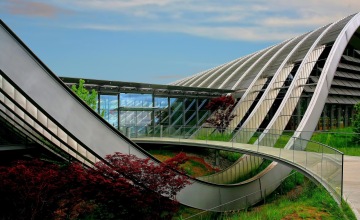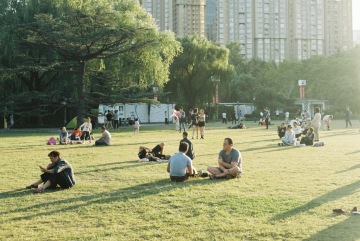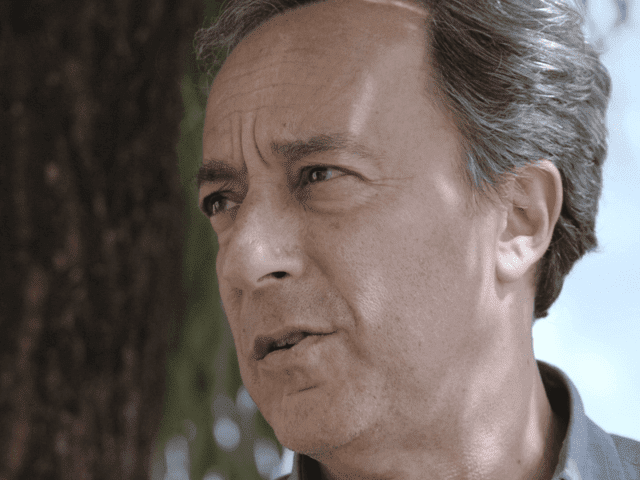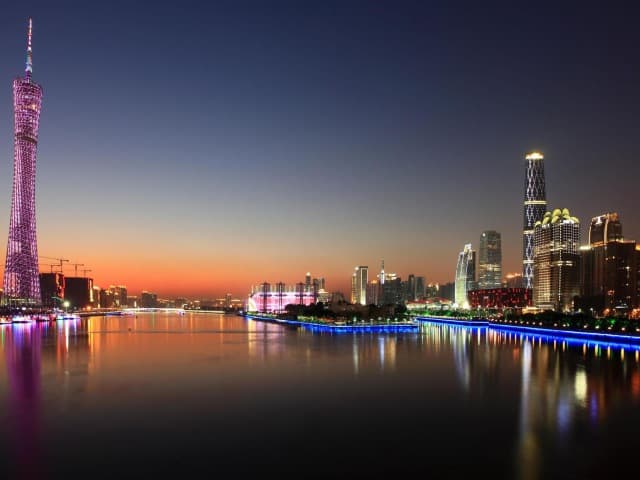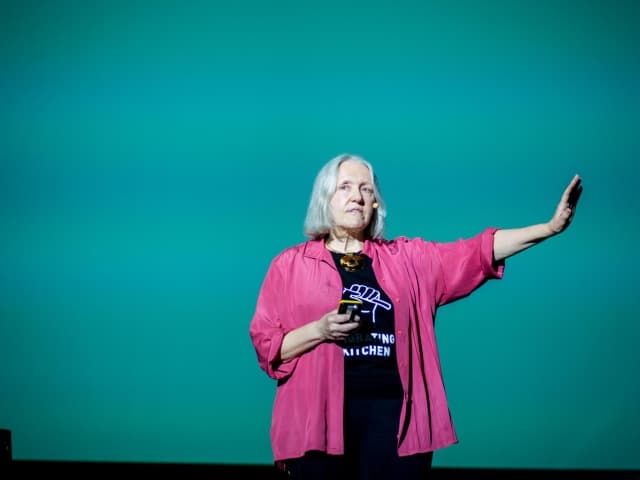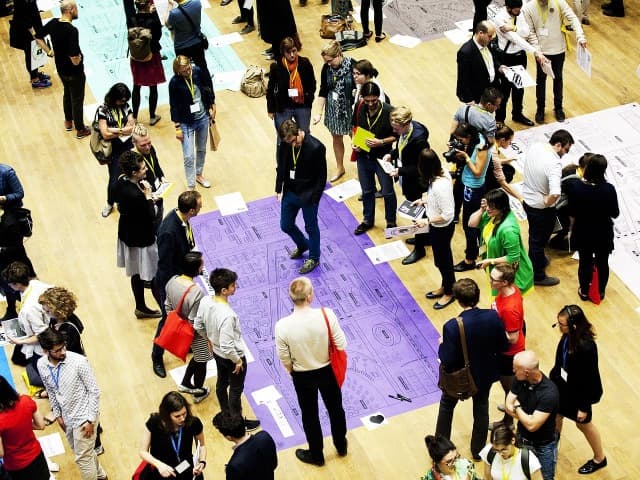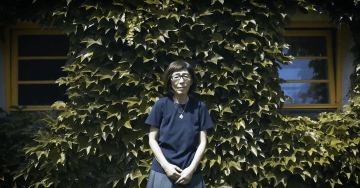
Exclusive: reSITE Small Talk with Kazuyo Sejima
SANAA Founding Partner, Kazuyo Sejima discusses her work in the garden of Adolf Loos-designed Villa Müller in Prague
I think the city should be the space that allows different people to stay together - the space is important for people to continue living together.
We were honored to host world-renowned Japanese architect Kazuyo Sejima last year at reSITE 2017 In/Visible City and proud to spend one hour in the gorgeous garden of an architectural landmark, the Villa Müller, talking about her approach to architecture.
"I think the city should be the space that allows different people to stay together - the space is important for people to continue living together". Kazuyo Sejima speaks about the continuity and connection between indoor and outdoor spaces, the intimacy of public space and adapting for future generations.
In 1995, together with Ryue Nishizawa, she founded SANAA. Her own works include House in Plum Grove and the Inujima Art House project. SANAA’s main works include the 21st Century Museum of Contemporary Art in Kanazawa, the Rolex Learning Center (Ecole Polytechnique Federale de Lausanne), the Louvre Lens, and Grace Farms. In 2010, Kazuyo Sejima and Ryue Nishizawa of SANAA were the recipients of the Pritzker Architecture Prize.
Meet more outstanding architects, mayors and designers at reSITE 2018.
#WomenMakeCities at reSITE 2018
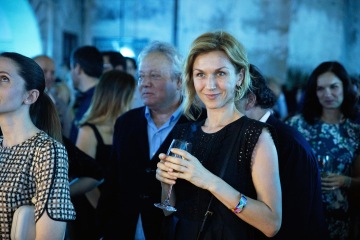
reSITE encourages female designers, architects and women in cities leadership to attend the annual conference reSITE 2018 ACCOMMODATE focused on housing. A special promotion “Women Make Cities” has been introduced offering a 70% discount from the standard registration fee to all women working in design, architecture, cities leadership and administration (bringing the price to €75). Read more about reSITE's intiative.
Related Stories
Five Talks On Using Design for Social Impact
Socially conscious designers leverage economic, environmental, political and cultural factors and consider them in their efforts to improve the livability of the built environment.
Six Talks on Designing Cities to Include Greenspace
Cities benefit tremendously from the incorporation of greenspace, a connection to nature that is an arena to cultivate community.
Four Talks on Smart Cities: Do They Enhance or Weaponize our Environment
Technology is embedded in contemporary cities. From surveillance cameras to street lights, architects, scientists, planners, and engineers are finding new ways to streamline urban environments to improve the quality of life. Yet, some worry that increasing reliance on technology could lead to its potential abuse, especially when it comes to personal privacy.
Women Make Cities: Five Talks by Women Who Are Shaping the Urban Environment
Within the fields of architecture and urban planning, women are making their case for creating built environments that serve all genders. To close the gap of gender inequality and make spaces more inclusive and safe for women, the unique perspective provided by these speakers is essential to augmenting our idea of design. To move towards more inclusive cities, women must be at the forefront of change.
Related Talks
Creating Common Ground with Michael Kimmelman | reSITE City Talks
Michael Kimmelman, architecture critic for the New York Times, speaks to reSITE about how architects are responsible for creating healthy cities to address climate change, refugees, and urbanisation. In conversation with urban planners and designers, architects can create resilient neighborhoods and cities.
Boom Towns are Immigration Towns with Michael Kimmelman
Michael Kimmelman, architecture critic for the New York Times, uses Stuttgart, Mexico City, and Guangzhou as examples of ways cities have handled an influx of migrants and how the cities have adapted or not adapted differently. The current issues in these cities differ based on location, situation of incoming migrants, and how well the city has handled new arrivals, with Stuttgart presented as a model city for migrant reception.
Saskia Sassen: City is an Extraordinary Animal
Saskia Sassen, professor of sociology at Columbia University, discusses the migrant experience relating to land use and the urban habitat. She focuses on the privatizing and corporatizing of modern cities and how these trends affect the people living in cities, especially disadvantaged and ignored populations.
Can we Gamify Urban Design with Ekim Tam + Play the City
Ekim Tan, inventor of Play the City, moderated and listened to participants discuss the experience of their city, including the urban issues they faced and solutions to problems. At reSITE 2016, attendees played a large scale "Play the City" game where they were assigned roles and simulated making decisions and reacting to events in a city.

